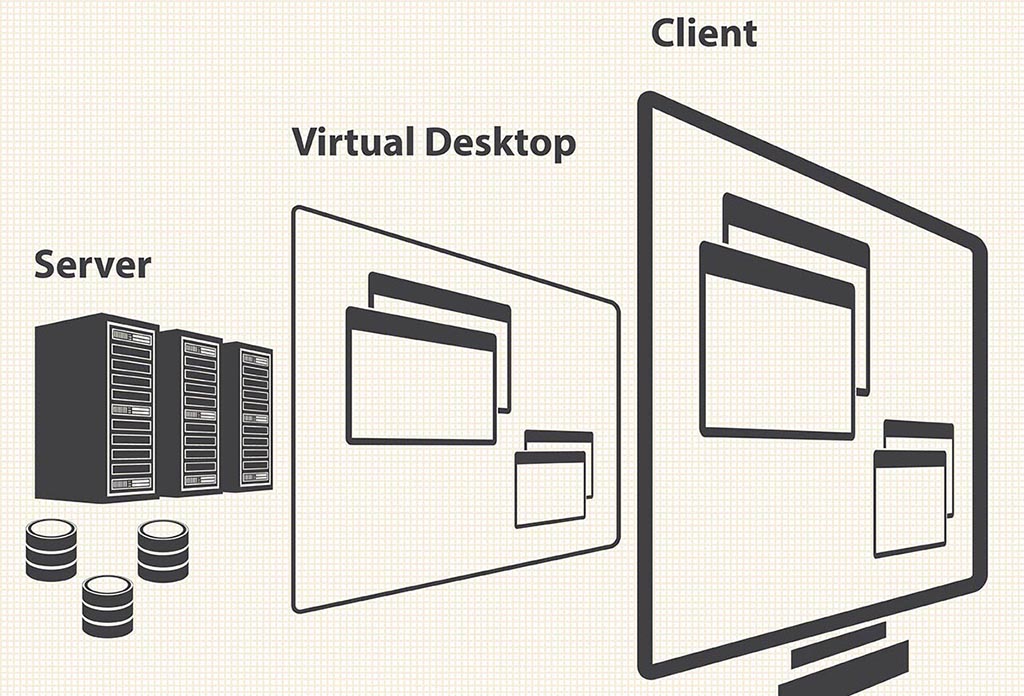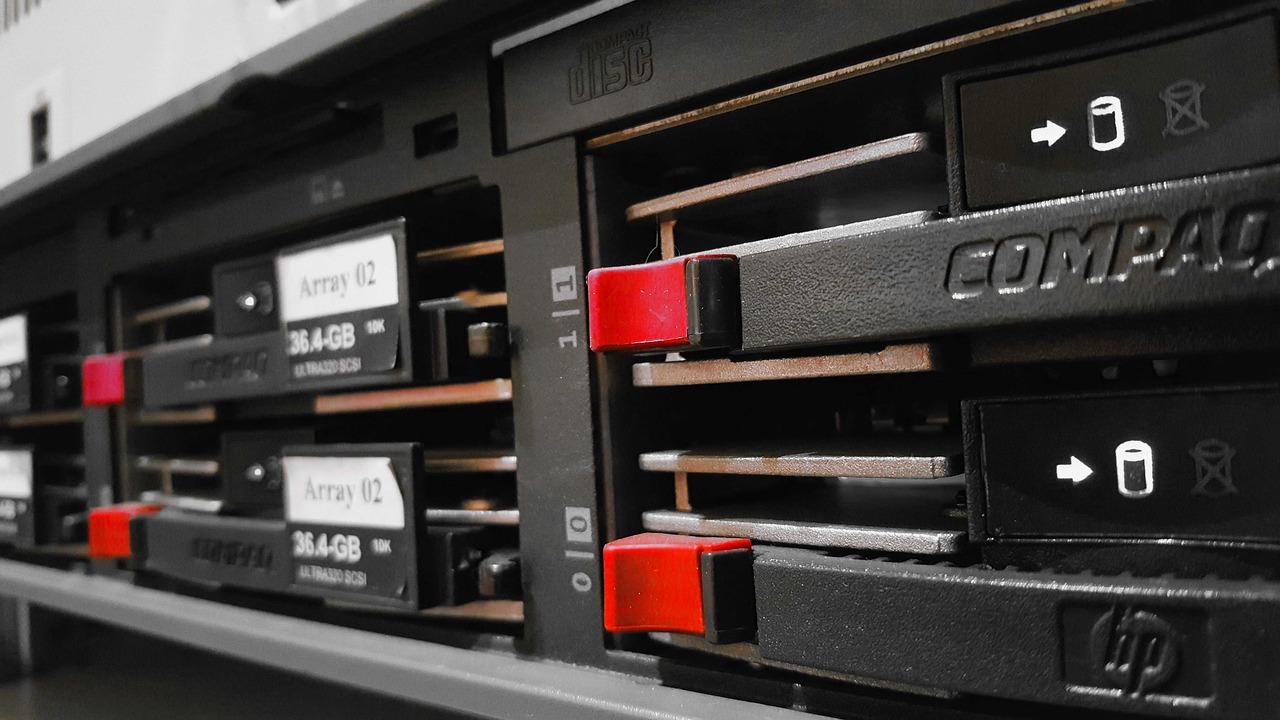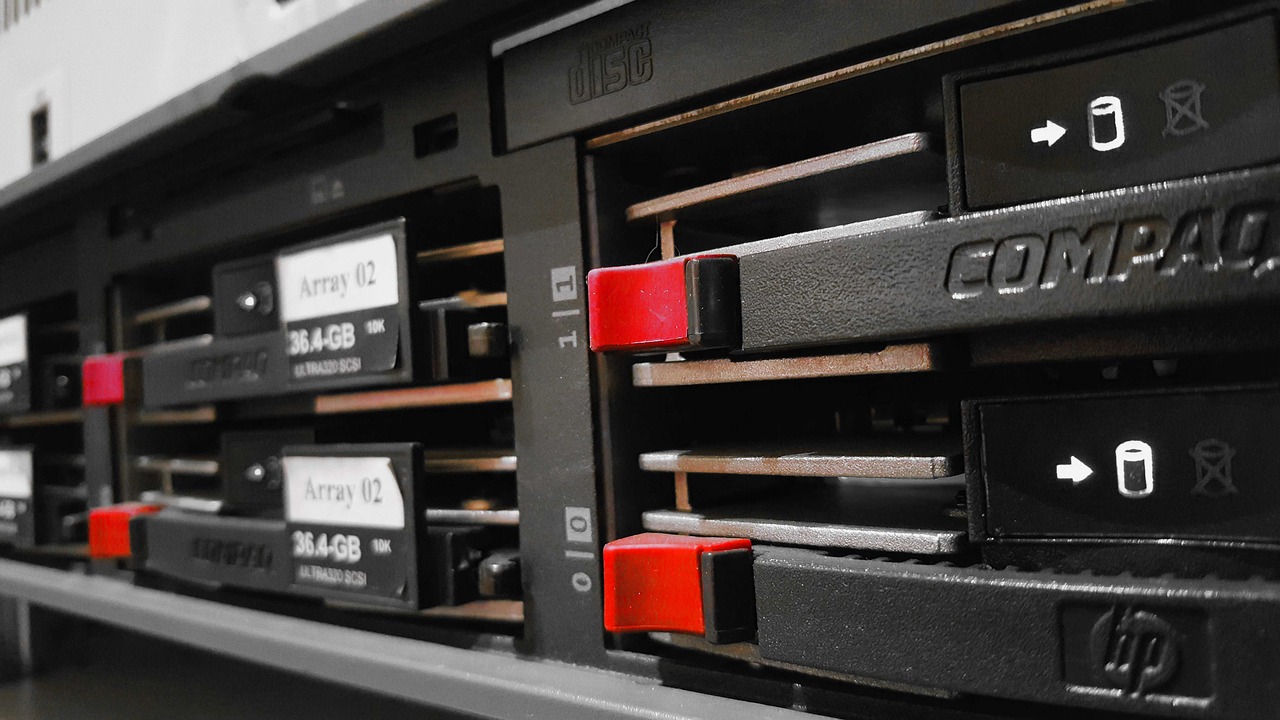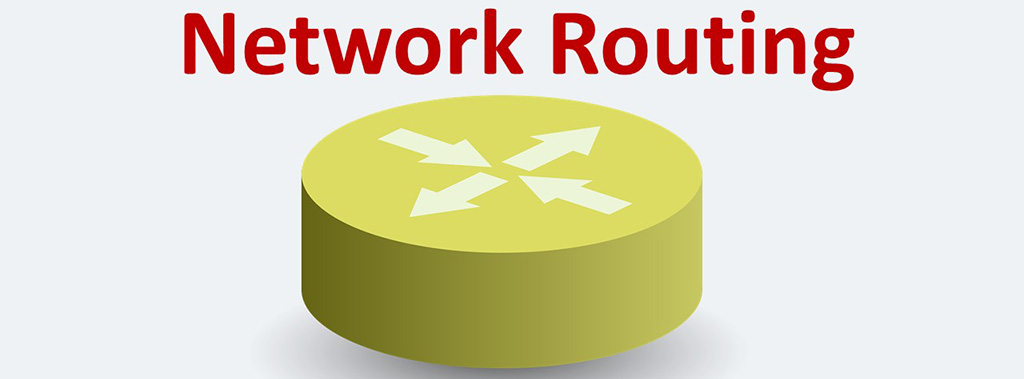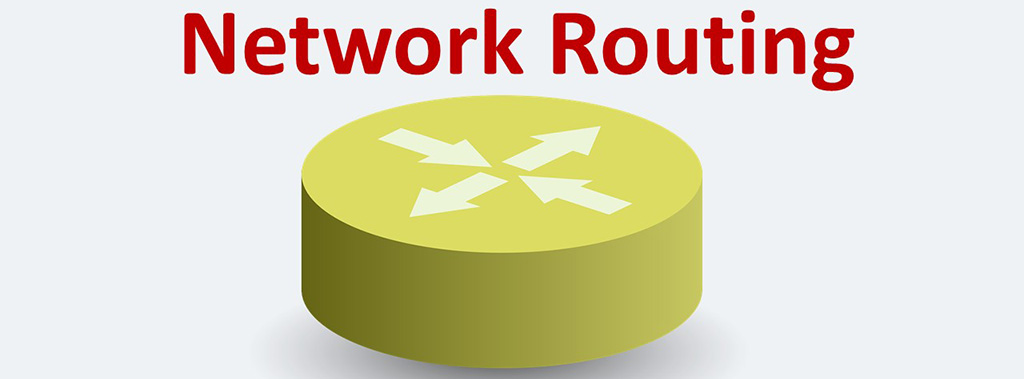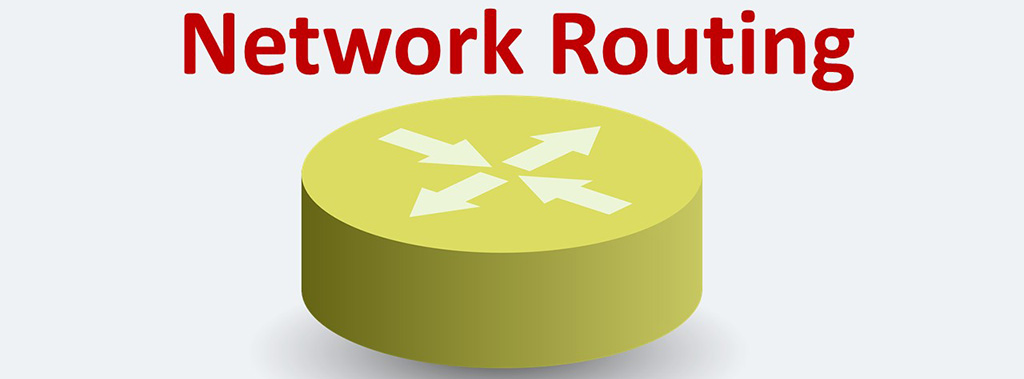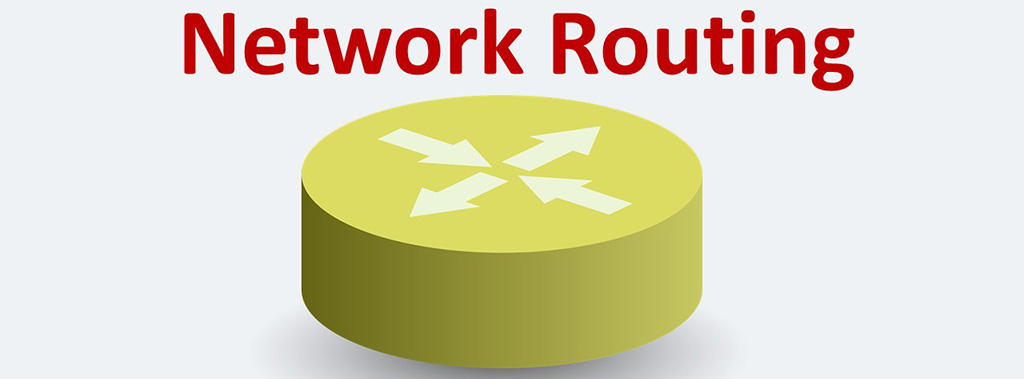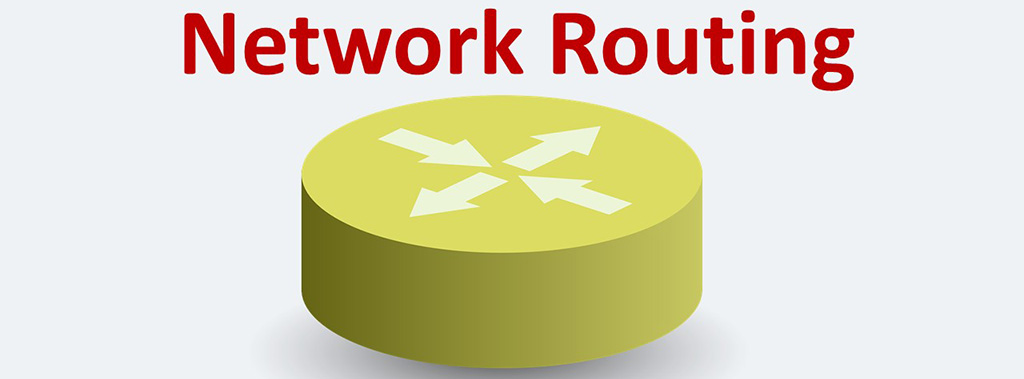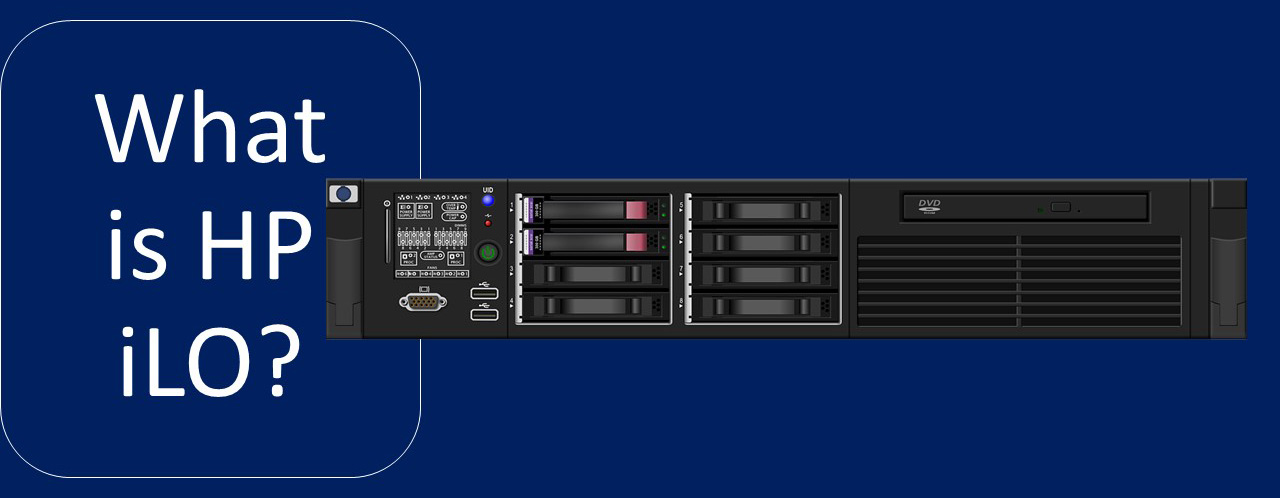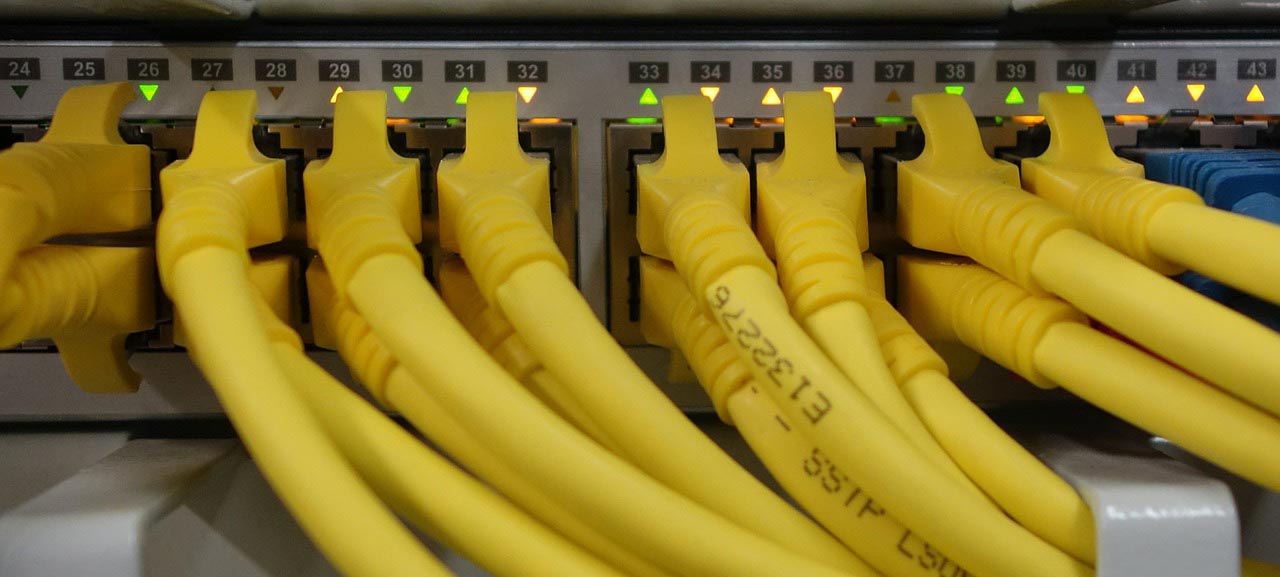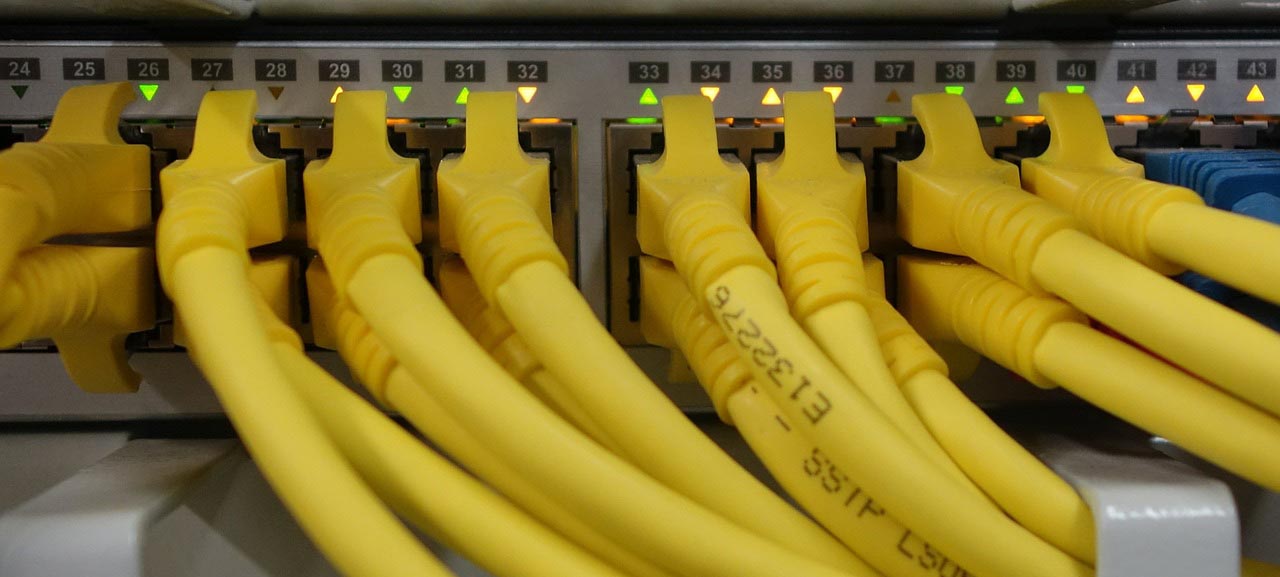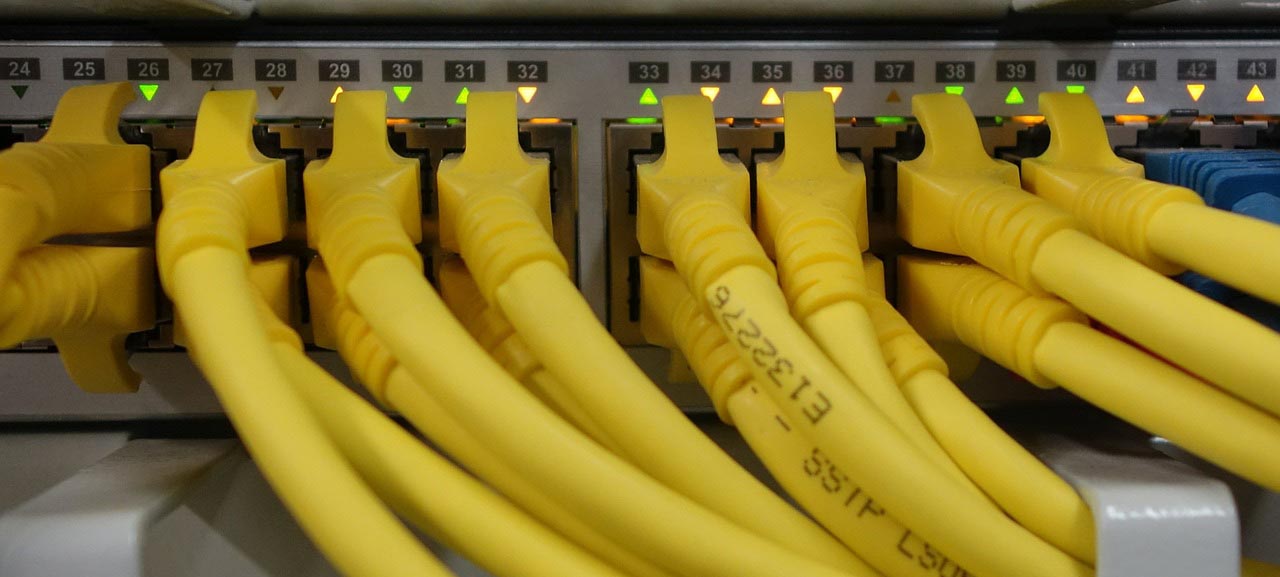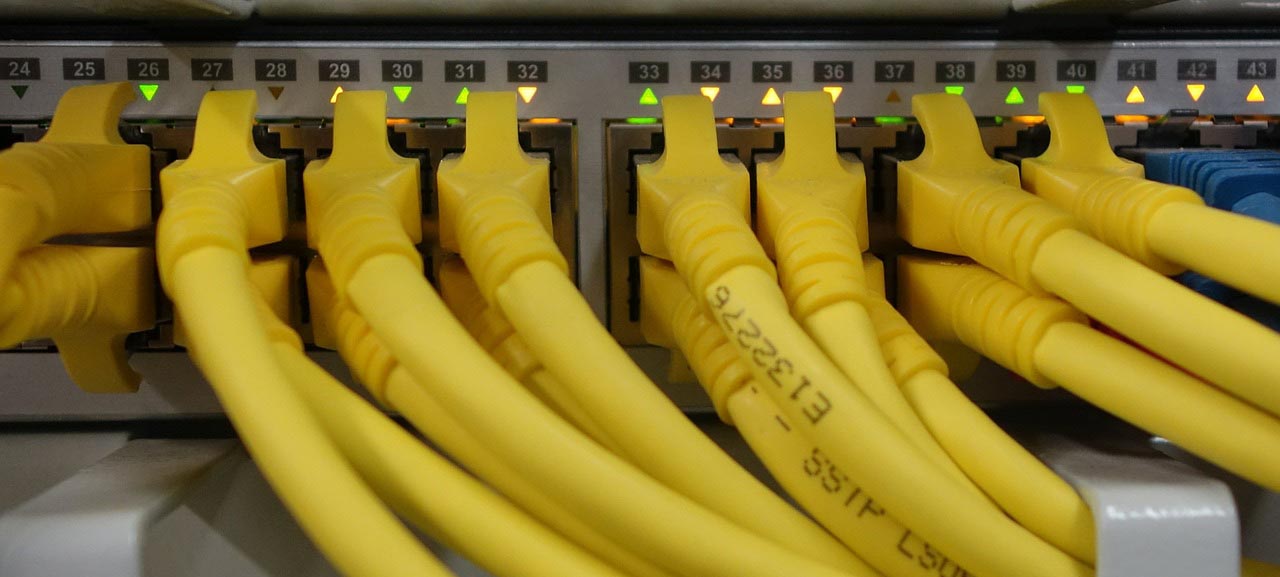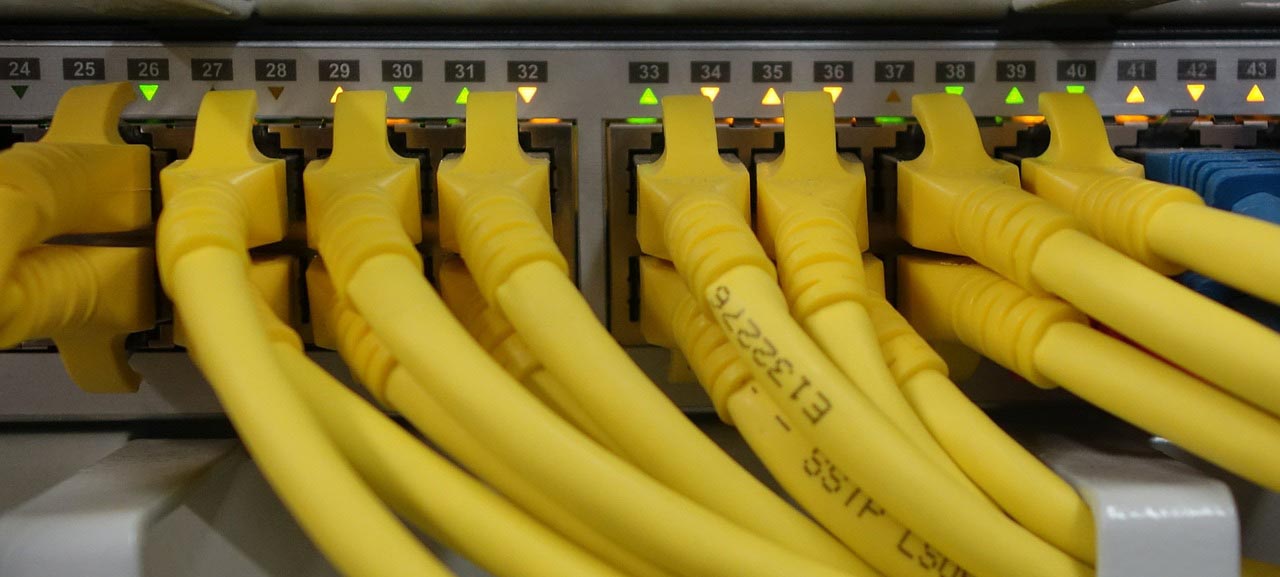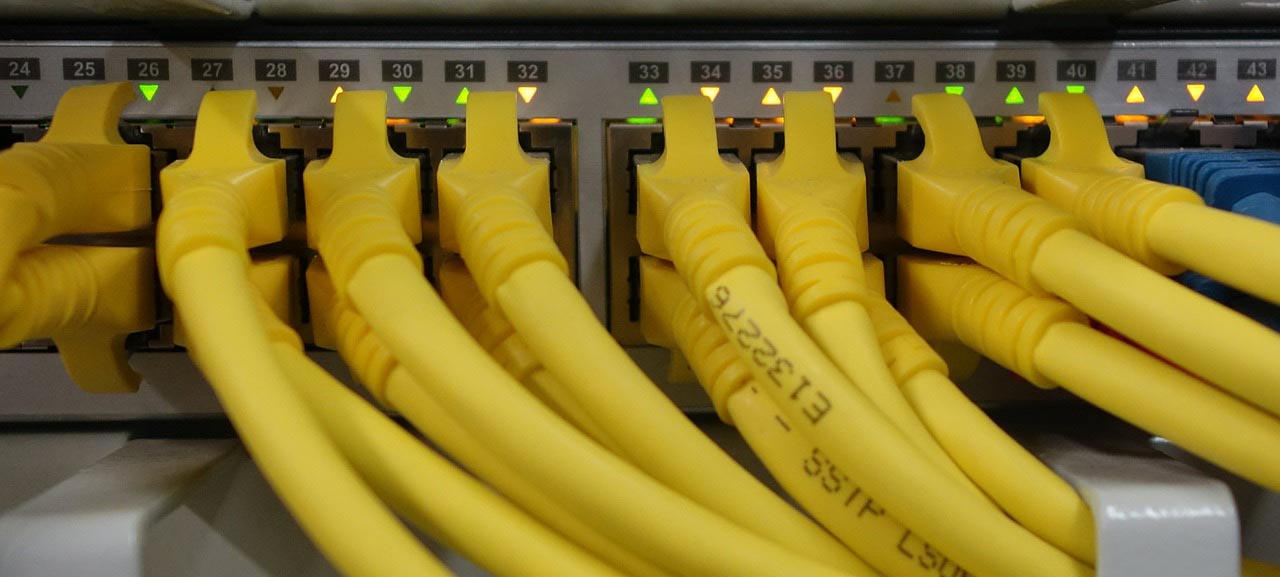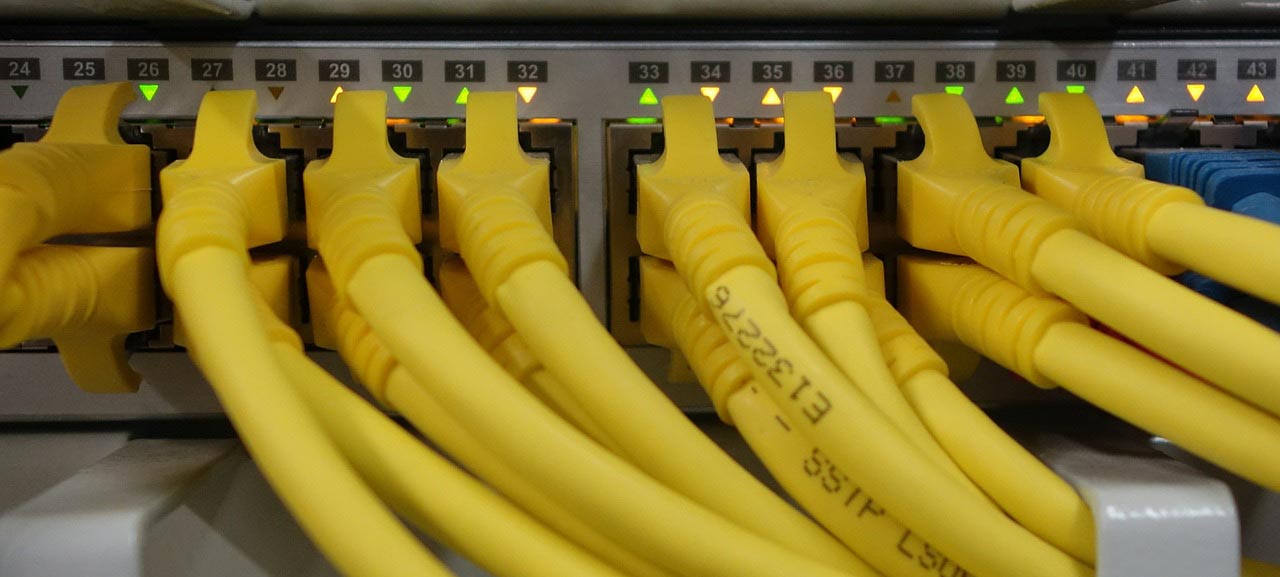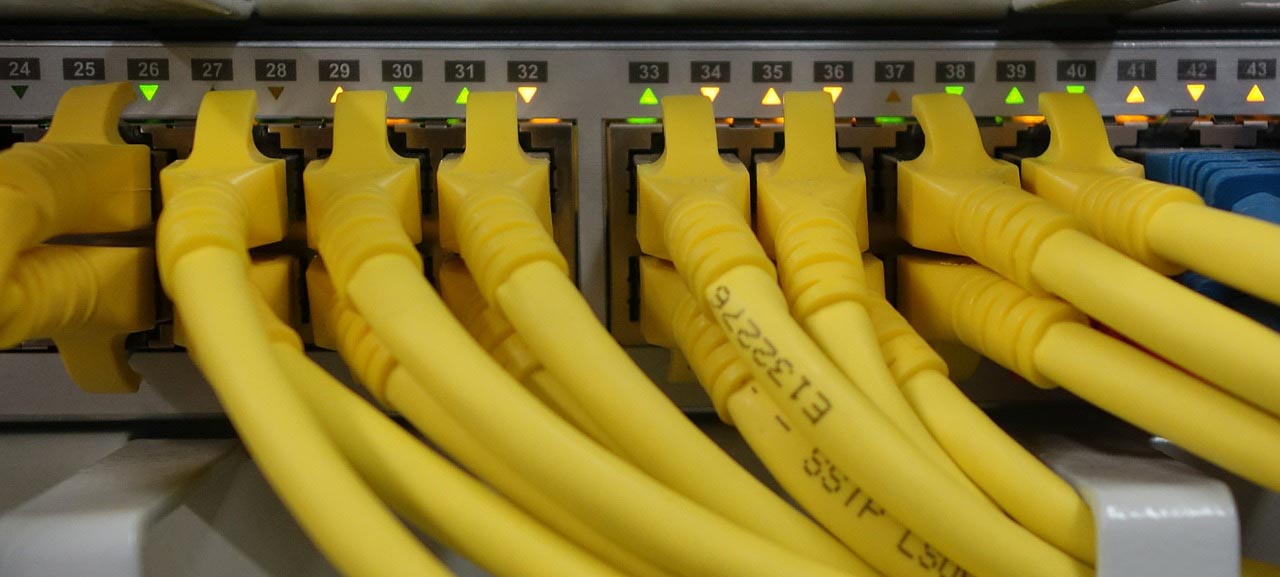Virtual desktop infrastructure (VDI) is defined as the hosting of desktop environments on a central server. In fact, VDI is a desktop virtualization technology wherein a desktop operating system (OS) – typically Microsoft Windows – runs and is managed in an on-premises or cloud data center. The virtual desktop image is delivered over a network to an endpoint device, which may be a traditional PC, thin client device or a mobile device. It is a form of desktop virtualization, as the specific desktop images run within virtual machines (VMs) and are delivered to end clients over a network.
How to implement VDI and how to use it? A hypervisor segments physical servers into virtual machines that in turn host virtual desktops. Users can access these virtual desktops from any device or location, and all processing is done on the host server. Users connect to their desktop instances through their PCs or their thin-clients.
There are three major products in the VDI market:
- Citrix Virtual Apps and Desktops (formerly called is XenDesktop)
- VMware Horizon
- Microsoft Remote Desktop Services (RDS)
It’s time to point out what protocol each vendor uses to set up and manage the session between end users and the virtual machine:
Citrix
VMware
Microsoft
Source: vmware.com citrix.com and negarehia.com
VDI Basic Components
- Virtualization: Read about Virtualization in here.
- Hypervisor: Learn about hypervisor in here.
- Connection Broker: When a user sends a request to connect to a desktop, Connection broker provides the user with an idle desktop instance. When a user disconnects desktop, Connection broker updates the status to inactive.
- Desktop Pools: These pools are a group of similar desktops that can be configured according to a specific function. For instance, departments like accounting and IT in an office might use desktops with different applications and configuration.
- Application Virtualization: VMware ThinApp is an example of Application Virtualization. These applications are the technology used to create a virtualized application image and replicate it to all the virtual desktops in a desktop pool.
Source: purecloudsolutions.co.uk
Why Use VDI?
The following are some of the needs of many organizations in the process of doing their work and projects:
- User mobility
- Ease of access
- Flexibility
- Greater security
In the past, its high-performance requirements made it costly and challenging to deploy on legacy systems. VDI is a solution for these needs. VDI facilitates secure and convenient remote access that helps boost employee productivity.
Source: tetherview.com
Types of VDI
VDI can be classified as:
- Persistent: This type of VDI is customized for a specific user, and the user can log in to the same desktop each time. At result, user is able to personalize the desktop for his/her needs since changes are saved even after the connection is reset.
- Non-persistent: This type of VDI consists of desktops that revert to their initial state after the user logs out. Non-persistent VDI usually simpler and cheaper, since there is no need to maintain customized desktops between sessions.
Source: vmware.com
Benefits of VDI
- Extending the lifespan of otherwise obsolete PCs by repurposing them as VDI endpoints.
- Purchasing less powerful end-user computing devices, including thin clients When the time comes to purchase new devices
- Users can quickly access a virtual desktop and use enterprise applications with no additional configuration.
- Advancing security because all data lives in the data center, meaning that if the endpoint is ever stolen, there’s nothing to exfiltrate from its local storage.
- Whether that user is accessing VDI from a laptop, thin client, kiosk, traveling workstation or mobile device, the user experience is exactly the same.
- Where an organization expands temporarily, such as seasonal call center agent contractors, the VDI environment can be expanded quickly.
- Ability to more easily support remote and mobile workers
- The VDI environment is fully and centrally controlled from a data center. Administrators can apply software patches and updates, change configurations and enforce policies for all virtual desktops across the deployment.
Source: searchvirtualdesktop.techtarget.com
———————————
Source:

